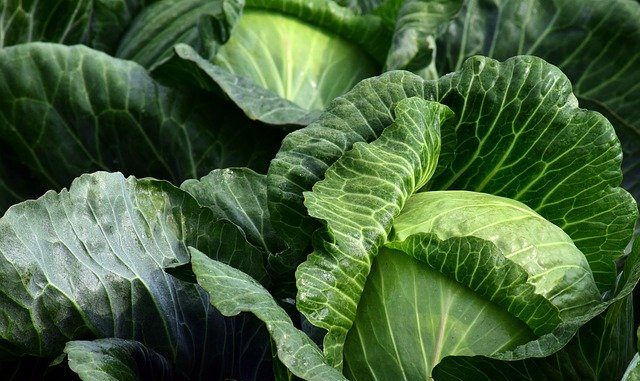
Marker-assisted breeding or marker-assisted selection may be a new term for those of us outside the food and drink industry but it has enormous bearing for the future of fruit and vegetable breeding.
Some years back we looked at the reasons why flavour was at the bottom of the list when it came to selection of fruits and veg. for breeding. In recent years there has been a renewed interest from consumers for better flavour in their fresh produce. For the developer it has not been so clear. One of the methods touted by geneticists is a powerful tool that would make flavour improvement a key element of any cultivation strategy. That is marker-assisted breeding.
The technology has been used in all sorts of fields where genes are involved. It is an indirect selection tool because selection is based on markers linked with the gene for the target trait rather than the target itself. Flavour, being so complex is ripe for such attention using this particular technique.
The marker in question is a molecular marker. It is a specific fragment of DNA which is identified within the whole genome. The genome incidentally is the genetic make-up of a living organism and is composed of various pieces of DNA for cell structure, metabolism and so on. In this instance the marker flags up the position of a particular trait or gene. It could be for aroma, flavour, leaf shape, sugar content, disease resistance and so on.
A number of scientists around the world are starting to use marker-assisted genome selection as a way of making breeding a more efficient and cost effective alternative to traditional breeding techniques.
With flavour as the example, the starting point is to find markers associated with poor flavour and good flavour. This probably means actually finding markers associated with low or high volatile content because content marks out whether a fruit or vegetable has poor or high quality flavour respectively.
In past times, selective breeding meant weeding out all the progeny of crosses leaving a greater concentration of plants with the desirable trait. Over many generations, the desired trait was concentrated as it were. Marker-assisted breeding overcomes the long timescale considerably.
The Benefits of Marker Assisted Breeding
In the first instance, selections are made early on of seeds, their seedlings and any early generation plants. It’s possible to make selections of multiple traits at the same time and to select recessive alleles. That means being able to identify genes which may not show up in the phenotype. It also allows for a selection of traits that are difficult to identify, too costly, complex or lost because the phenotype is environmentally sensitive. There is also the capability for high throughout, large-scale analysis which even lends itself to automation.
In all instances, marker-assisted breeding is cost-effective as well saving plenty of time with the added bonus of being accurate.
To achieve marker-assisted selection/breeding requires investment right from the start. It means a whole raft of genetic technologies with the aim of establishing marker-trait associations. It also means coupling this with knowledge about flavour-related genes and the pathways that generate these flavours.
The genetic technologies used must encompass various technology oriented platforms for analysing the genotype and phenotype. To help with analysis, a whole host of new technologies have been brought in to assist and accelerate marker-assisted breeding. This involves the ‘omics’ which have been brought into play. These include metabolomics, transcriptomics, genomics, proteomics etc. which all contribute in their own way to the overall marker-assisted breeding programme.
The other key element is to have high throughout technologies for genome sequencing of the genotype and phenotype. And then there is gene editing, a technology employed in its own right.
Leave a Reply